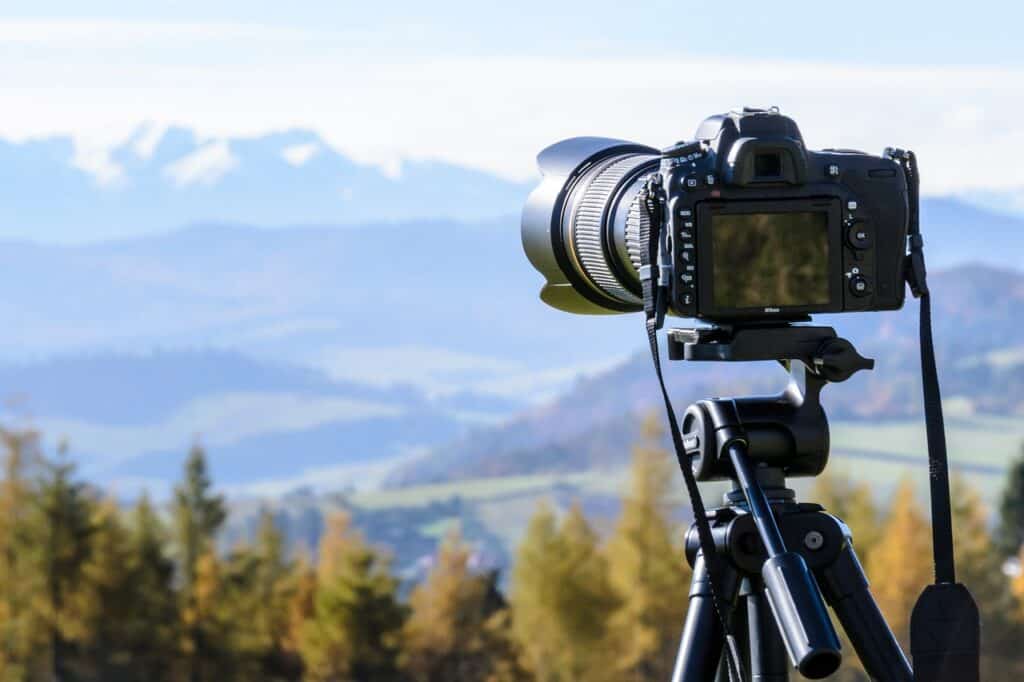6 Creative Travel Photography Tips I've Learned Along The Way
Traveling is often best remembered through photographs. But the worst thing is when they come out blurry or off balance, or worse, they didn’t capture what we were photographing in the first place.
These six tips change how you look at the world differently and take better pictures on your travels.
If you’ve been following me, you know I thoroughly believe there is beauty all around us. We see it quickly on a white sand beach – waves rolling in as the sun sets on the horizon with beautiful gold-red colors. Finding beauty in the everyday, imperfect and flawed, is also possible.
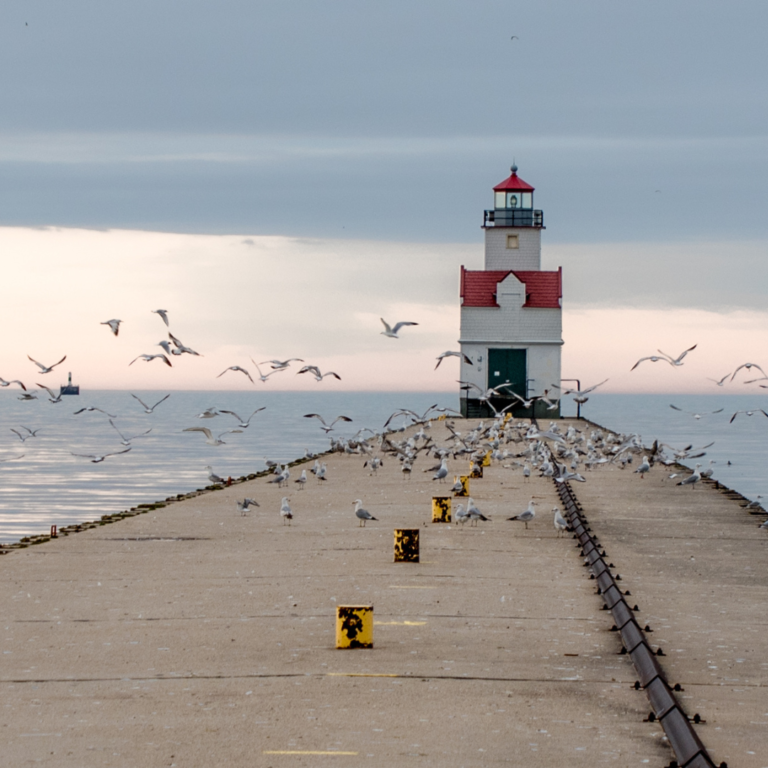

We see beauty in unexpected places when we look at things differently.
Kirsti Out Wandering
When we seek beauty in everything around us, we notice what is reflected in puddles and the crazy patterns the brick road has made. Kneeling, we could see the tiny hairs on the stems of each flower as the late day sun illuminates them in the garden or how the snow builds up on a barbed wire fence. As we walk along narrow side streets, looking up at each small window, we might notice the colorful graffiti, wondering about its meaning and being curious about vine-draped walls and how many creatures might live within them.

Change Our Focus
Have you ever walked along, stopped, and squinted at what you saw? I do this often while wandering because it allows me to step behind the normal and experience the scene differently.
It’s hard not to like those bokeh photos where the subject is in focus, and the background is blurred. But what if we did a crazy thing and took the opposite photo – focusing on the background, blurring the foreground?
Experiment with this practice technique (ah, the beauty of digital photography when we no longer need to purchase film), focusing on unexpected points of what is around you.

Using The Rule Of Thirds
There is something beautiful about symmetry. But it might get boring if our subjects are smack in the middle of every photo we make.
Try experimenting with the rule of thirds, where we visualize the finished photo with six equal boxes and place the image’s subject in or along the outside middlebox (see illustrated picture).
While this isn’t a rule we need to use on every photo we make, it’s fun to shake things up, just like in life.
If we fully embrace the concept ‘everything is the result of change,’ we will have more joy. But the practice is being present during change. Our brain constantly tries to sweep us up in memories (the past) or fear and second-guessing (the future), buffering the experience that change offers.
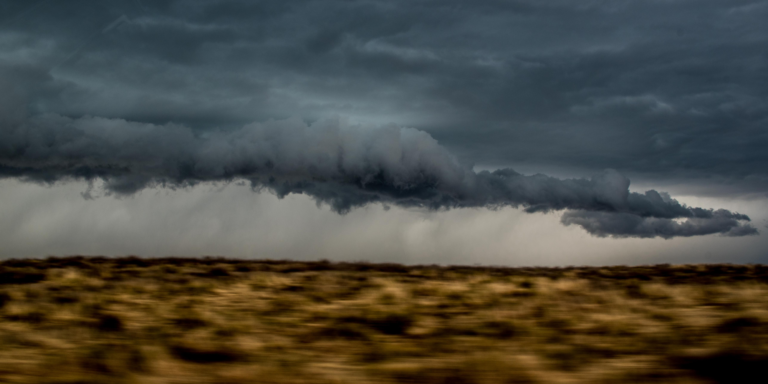
Take Pictures Of The Movement
Feel free to make travel photos come alive. No, it doesn’t mean shooting in video mode, but instead, try capturing the movement happening at that moment.
Maybe you are walking along the beach, and a scavenging of seagulls gather above, waiting to see if you have food to share. Or the wind gusts or rain movement as it lashes during a spring storm. Try taking a photo from a ped bridge above the traffic on a busy city street (open your shutter to get really awesome effects).
Don’t worry about its appearance; play a bit with the end goal of capturing the motion.
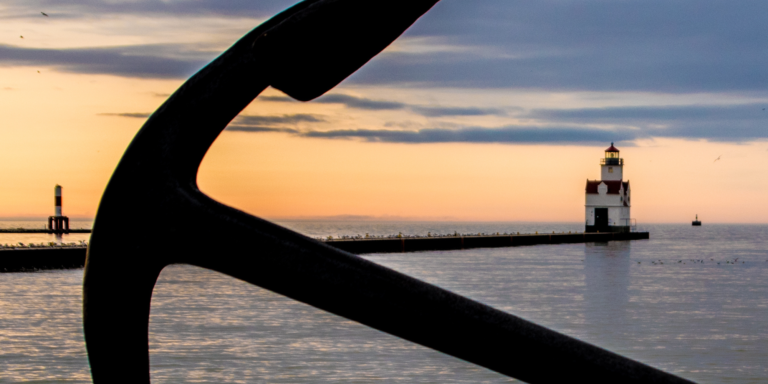
Keep The Horizon Horizontal
Have you ever taken the most beautiful photo only to find out it’s crooked? I have! One way to fix this is to use the guide provided in most viewfinders – thin lines to help keep the horizon horizontal. Another way is to use a tripod and the levels most are equipped with.
And, if neither of those things is available, don’t worry too much. Adjusting images in post-production is always an option. The downside is that you will lose a portion of what you photographed, so keep that in mind when cropping before taking the shot.
My favorite post-production programs are the Snapseed App for using my iPhone and Lightroom for photos made with my DSLR Nikon D750.

Provide Details
I love big-picture photography: grand landscapes, glorious sunrises and sunsets, glistening beaches and majestic mountain ranges. But I’ve also learned to zoom in (or out, depending on where I am starting) and notice the details during my photography career.
To me, it’s like a game of “I Spy,” trying to find the tiny details that will enhance the unfolding story. I look up, down and around, usually sensing before seeing something.
And, if you are interested in something fun to do, play the role of reporter, augmenting your big story with descriptive details and making a photostory out of what you capture.
In my long, ongoing practice of being present, I have incorporated a concept I call “stop and look around.” When I notice myself deep inside my head, trapped in the illusion of a memory or a future fear, I immediately look around and pay closer attention to the world surrounding me—every sensory detail.
Reconnecting with my breath, I move on as soon as I feel fully grounded in the here and now.

Change Your Way of Looking At Things
You know those iconic pictures you see on Insta? Well, everyone has one of them. What if, instead, you made one that was completely different? Opposite, even.
Before you shoot, stop and scan the whole scene. What else is going on around that famous place? Could you take a path leading above or below to make a different picture? How about getting down on your belly and shooting up? Or see if you can add something else to the shot to bring a new level of interest, like shooting over someone’s shoulder, including their mobile phone photo in your photo.
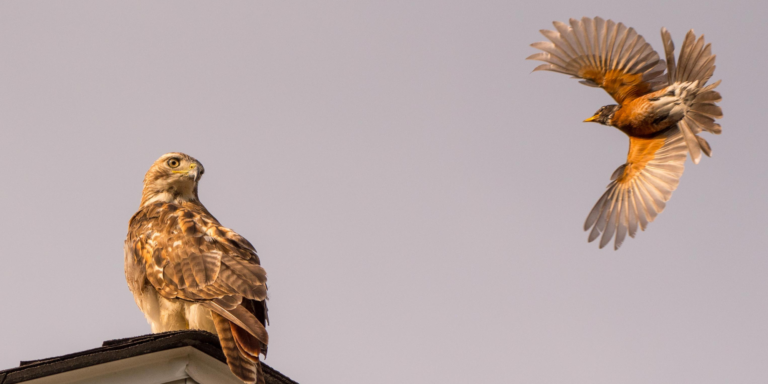
A Final Thought
While I am far from perfect, I am growing as a curious travel photographer; thank you for letting me share some ideas I use to keep my travel fresh.
The rule of thumb when you want to bring life to your travel photos is to be curious and shoot them opposite of anything you might do otherwise. And, I promise, you will remember your travels differently too.
Whether you are a beginner or a seasoned photographer, these six creative travel photography tips I’ve learned along the way will help you improve your travel pictures, guaranteed!
~Kirsti

